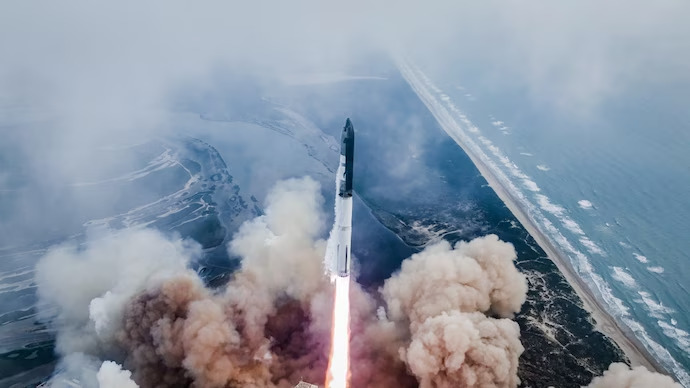NASA, in collaboration with SpaceX, is gearing up for another milestone in space exploration with the upcoming launch of the agency’s SpaceX 30th commercial resupply services mission to the International Space Station (ISS). Scheduled to lift off from Space Launch Complex 40 at Cape Canaveral Space Force Station in Florida on Thursday, March 21, at 4:55 p.m. EDT, this mission marks yet another leap forward in scientific research and technology demonstrations aboard the ISS.
The mission, packed with a payload of new scientific investigations, food, supplies, and equipment, underscores NASA’s commitment to pushing the boundaries of space exploration and fostering international collaboration in scientific endeavors. Among the diverse array of experiments and equipment being transported to the ISS, several stand out for their potential to advance our understanding of space and improve life on Earth.
One of the key experiments onboard involves studying plant metabolism in space. Understanding how plants grow and adapt to the microgravity environment of space is crucial for future long-duration missions, such as those to Mars, where astronauts will rely on plants for sustenance and oxygen production. By studying plant biology in space, scientists aim to develop strategies for optimizing plant growth and enhancing food production for astronauts during extended space missions.
In addition to plant biology research, the mission will also deploy a set of new sensors for free-flying Astrobee robots aboard the ISS. These sensors will provide the robots with enhanced 3D mapping capabilities, enabling them to navigate more effectively within the confined spaces of the space station and assist astronauts with various tasks. The integration of advanced robotics into space exploration not only improves efficiency and safety but also lays the groundwork for future autonomous missions beyond low Earth orbit.
Furthermore, the mission includes a fluid physics study with potential applications in solar cell technology. By examining the behavior of fluids in microgravity, researchers aim to uncover fundamental insights that could lead to the development of more efficient and durable solar cells for space-based applications. This research not only benefits space exploration but also holds promise for advancements in renewable energy technologies on Earth.
Collaborative efforts with international partners are also a cornerstone of NASA’s space exploration endeavors. As part of the mission, the Canadian Space Agency (CSA) will contribute a university project focused on monitoring sea ice and ocean conditions. This research is vital for understanding the impact of climate change on Earth’s polar regions and informing sustainable environmental practices.
The journey of the SpaceX Dragon spacecraft to the ISS will be closely monitored and broadcasted live, allowing audiences worldwide to witness the excitement of space exploration in real-time. From the prelaunch events starting on Tuesday, March 19, to the arrival at the ISS on Saturday, March 23, viewers can tune in to NASA Television, the NASA app, or the agency’s website for comprehensive coverage of the mission.
In addition to live coverage, NASA offers various ways for the public to engage with the mission virtually. From registering as virtual guests to accessing curated launch resources and social media interactions, individuals can immerse themselves in the adventure of space exploration from the comfort of their homes.
As we look forward to the successful completion of the SpaceX 30th commercial resupply mission, we are reminded of the boundless possibilities that lie ahead in our quest to explore the cosmos and unlock the mysteries of the universe. With each mission, NASA and its partners continue to push the boundaries of scientific discovery and inspire future generations to reach for the stars.
For more information on NASA’s commercial resupply services missions and to stay updated on the latest developments, visit the official NASA website. Join us as we embark on this thrilling journey into the final frontier and pave the way for humanity’s continued exploration of space.

